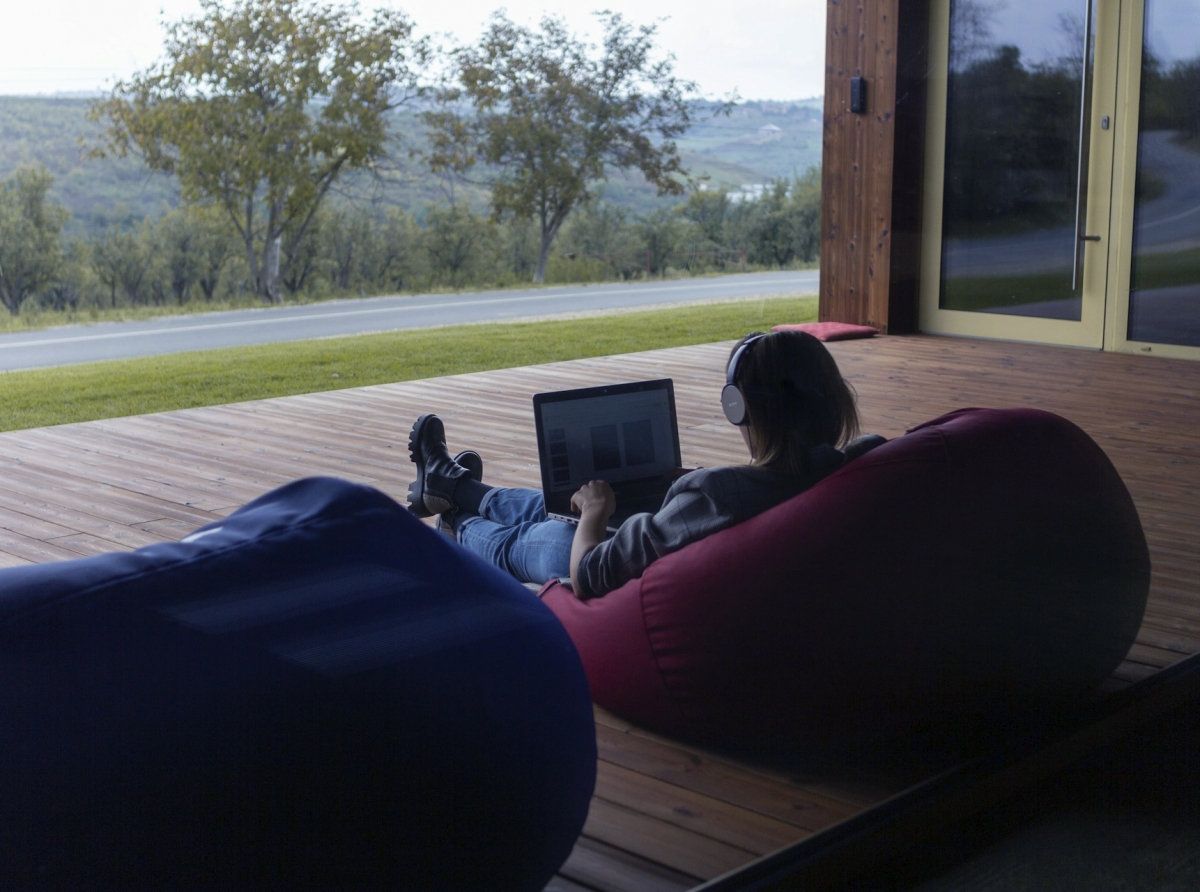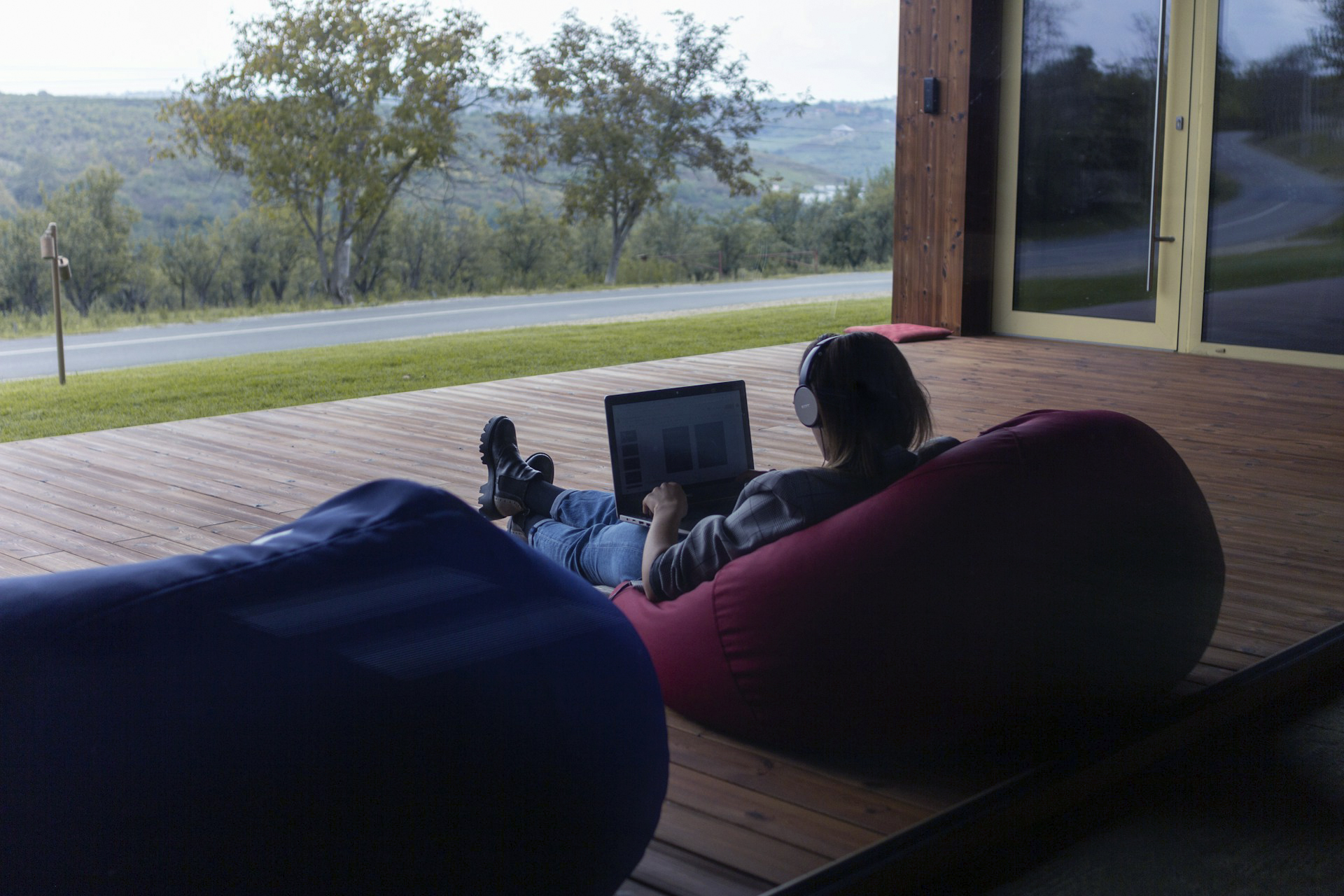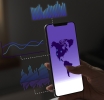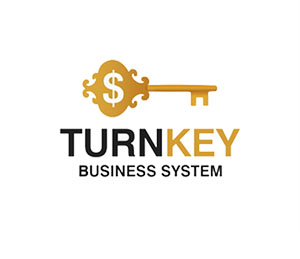Forex and Remote Work: Balancing Screen and Reality

Forex and Remote Work: Balancing Screen and Reality
Forex and Remote Work: Balance Screen Time and Reality
Forex fits perfectly into the digital nomad lifestyle, allowing you to trade from anywhere in the world. However, this freedom comes with a challenge—discipline and the ability to separate work from play. In this article, we'll explore how freelance traders can find balance, minimize stress, and build a career in a constantly online environment.Digital Nomads
The rise of remote work after the pandemic and the spread of digital nomad visas in Asia and Europe have made forex trading an attractive tool for people working outside the office. According to the Nomad List (2025) , over 18% of digital nomads include trading in their income, and in Thailand and Bali, it is among the top five popular sources of income.Forex is a 24/5 market, which perfectly suits the flexible schedule of freelancers. However, this schedule requires careful time management.

Forex and Remote Work: Balancing Screen and Reality
Why is balance important?
The main problem for nomadic traders is the blurred lines between rest and trading. The constant stream of notifications from TradingView, Investing.com, and macroeconomic calendars leads to increased stress levels.According to a 2024 Harvard Business Review study , people working remotely without clear work/life boundaries experience 35% more burnout symptoms. In the case of Forex, this figure is even higher due to high volatility and constant news.
Strategies for the Nomadic Trader
Offline windows. At least 2 hours a day without charts or notifications. This practice reduces anxiety levels by ~20%.
The 80/20 rule. Spend 80% of your time on analysis (reading macroeconomic reports, support/resistance levels), and 20% on trades.
Local schedules. Trading sessions are adjusted to local times: the Asian and partially European sessions are active in Bali, while the American session is active in Mexico.
Minimize FOMO. Follow a pre-defined trading plan.
Automation. Use alert notifications in MT4/MT5 and mobile apps instead of constantly monitoring charts.
Cases and experience
Case Study: A UK trader combined his morning surfing sessions with EUR/USD trading. He says implementing a "screen-free until 10:00" practice helped him improve his analysis and reduce the number of emotional trades.Case Study: Portugal: A group of digital nomads organized "trading hubs" where traders gather in coworking spaces, work synchronously during the European session, and switch to rest in the evening.
Analytics and forecast
According to TradingEconomics (September 2025) , retail forex trading continues to grow: over the past 12 months, the number of new accounts in Europe increased by 12%, and in Asia by 18%. This indicates that the "trading + remote work" model is gaining popularity.Experts predict that by 2025–2026, brokers will increasingly adapt their platforms for mobile traders, offering cloud-based MT5 solutions and integration with remote work services.
Conclusion
Forex and remote work aren't just a combination of flexibility and profitability; they're a school of discipline and self-management. Finding a balance is possible if you establish clear rules: from offline windows to proper session synchronization. In the long term, these practices are what turn trading into a sustainable source of income without sacrificing personal freedom.
By Jake Sullivan
September 29, 2025
Join us. Our Telegram: @forexturnkey
All to the point, no ads. A channel that doesn't tire you out, but pumps you up.
Forex and remote work aren't just a combination of flexibility and profitability; they're a school of discipline and self-management. Finding a balance is possible if you establish clear rules: from offline windows to proper session synchronization. In the long term, these practices are what turn trading into a sustainable source of income without sacrificing personal freedom.
By Jake Sullivan
September 29, 2025
Join us. Our Telegram: @forexturnkey
All to the point, no ads. A channel that doesn't tire you out, but pumps you up.









Report
My comments